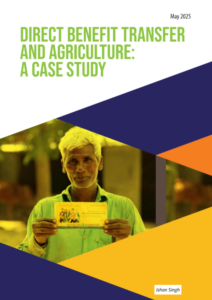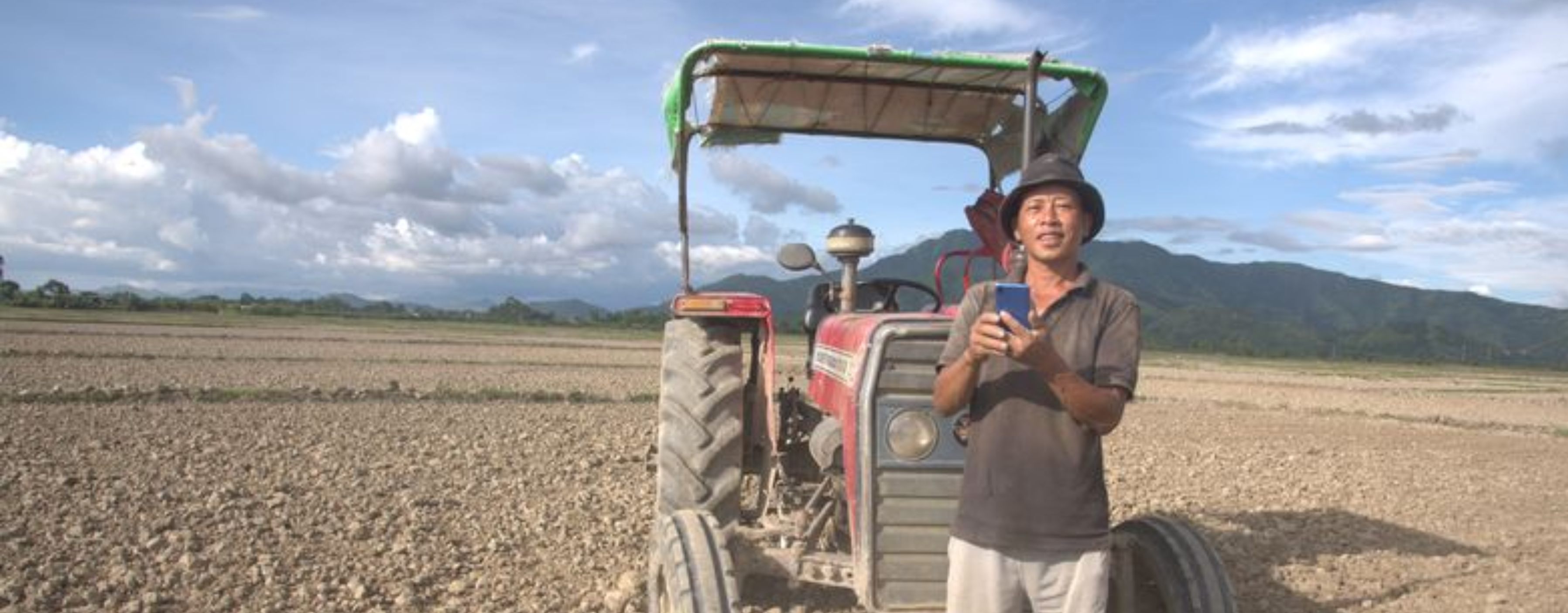
Author
Ishan Singh is a dedicated public policy professional with hands-on experience in urban governance, policy analysis, and stakeholder mapping. He has worked as a research associate at Tata Institute of Social Sciences (TISS), Hyderabad, and led the “Making of a Cyberabad” project, examining urban growth dynamics by mapping stakeholder linkages, analyzing land-use changes through satellite imagery, and studying institutional frameworks driving urban development.

Over the past decade, one recurring theme in policy discourse has been the challenge of delivering money efficiently, without loss or delay. In rural India, where every rupee counts, this issue becomes especially critical. The Direct Benefit Transfer (DBT) platform emerged as a game-changing solution, channeling funds directly from the government to farmers’ bank accounts.

1. INTRODUCTION Flicking through any policy journal from the last decade, one will notice a singular theme popping up time and again: how to move money without it leaking away. In India, this puzzle matters most in farming villages, where a few thousand rupees can decide whether seed is bought on time or a family eats two decent meals a day. That is why the Direct Benefit Transfer (DBT) platform—a giant digital

The notion of public service delivery in India has been synonymous with the idea of a large government. However, given its large population size and vast geographical spread, the Indian state has repeatedly been identified as lacking the human resources to undertake the logistics of efficient government transfers. Hence, to cover this gap in state capacity, the government has relied on a complex web of intermediaries (both government and non-government